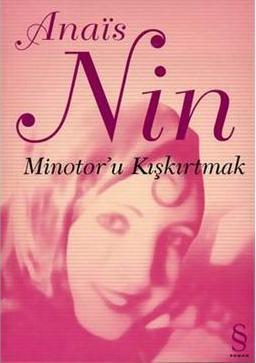What do you think?
Rate this book


176 pages, Paperback
First published January 1, 1961
It was the year when everyone's attention was focussed on the moon. "The first terrestrial body to be explored will undoubtedly be the moon." Yet how little we know about human beings, thought Lillian. All the telescopes are focused on the distant. No one is willing to turn his vision inward.
The green of the foliage was not like any other greens: it was deeper, lacquered, and moist. The leaves were heavier, fuller, the flowers bigger. They seem surcharged with sap...
The hotel was at the top of the hill, one main building and a cluster of small cottages hidden by olive trees and cactus. It faced the sea at a place where huge boiling waves were trapped by crevices in the rocks and struck at their prison with cannon reverberations. Two narrow gorges were each time assaulted, the waves sending foam high in the air and leaping up as if in a fury at being restrained.
Her hand, which she had left in the waters of the lagoon to feel the gliding, the uninterrupted gentleness of the flowing, to assure herself of this union with a living current, she now felt she must lift, to prove to the Doctor that she shared his anxiety, and that his sadness affected her. She must surrender the pleasure of touching the flow of water as if she were touching the flow of life within her, out of sympathy for his anguish.
Lillian was reminded of the Talmudic words: "We do not see things as they are, we see them as we are."
A singer was chanting the Mexican plainsong, a lamentation on the woes of passion. Tequila ran freely, sharpened by lemon and salt on the tongue. The voices grew husky and the figures blurred. The naked feet trampled the dirt, and the bodies lost their identities and flowed into a single dance, moved by one beat. The heat from the bowels of the earth warmed their feet.
Doctor Hernandez frowned and said: "Lillian, put your sandals on!"